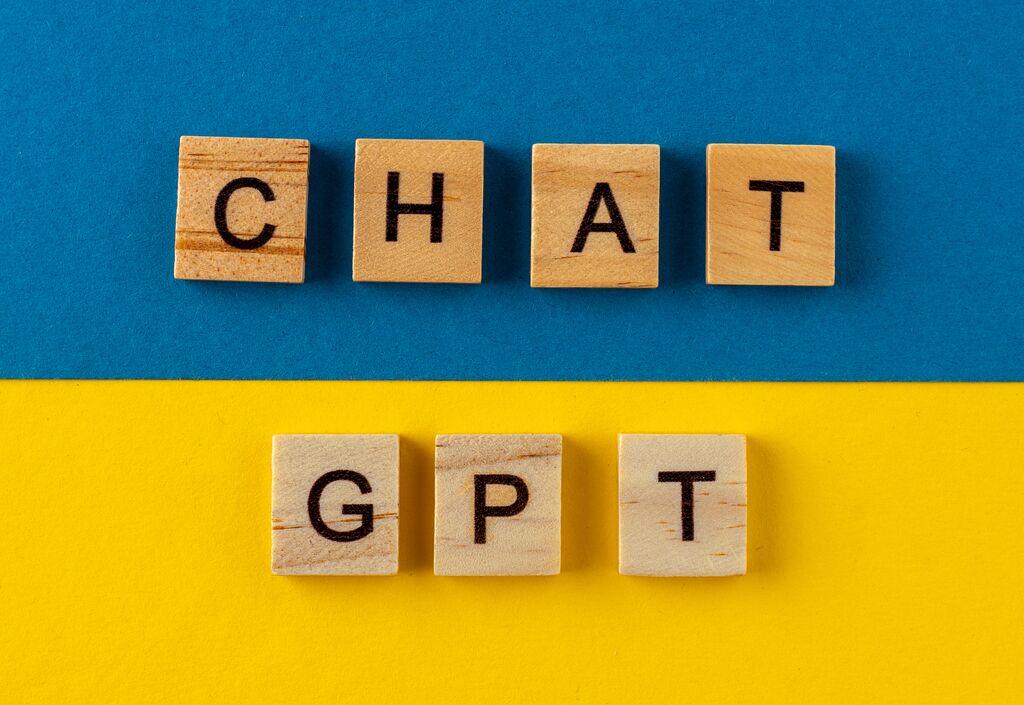
A few ways in which AI could be used to support early childhood learning at home
As artificial intelligence continues to advance, we are discovering new and innovative ways in which it can be used to support education.
One area in which AI could be particularly useful is in supporting early childhood learning. ChatGPT, a language model trained by Open AI, has the potential to be a versatile tool for engaging and interactive learning activities for pre-schoolers. In this blog post, we'll explore some of the ways in which ChatGPT could be used to support early childhood learning.
Storytelling: One of the most obvious ways ChatGPT could be used to support early childhood learning is by generating stories. Pre-schoolers love stories, and ChatGPT can provide an endless supply of them. By prompting ChatGPT with specific keywords or themes, you can generate stories that are tailored to the child's interests. You can also make the stories interactive by allowing the child to make choices that affect the story's outcome. This can be a fun and engaging way for pre-schoolers to develop their listening and comprehension skills.
Vocabulary development: ChatGPT can be a useful tool for developing vocabulary in pre-schoolers. You can ask ChatGPT to define words that the child is learning or to provide synonyms and antonyms for words they already know. You can also ask ChatGPT to generate sentences that use the word in context, helping the child to understand how it is used. This can be a great way to expand the child's vocabulary and improve their reading comprehension skills.
Question and answer sessions: Pre-schoolers are naturally curious and have lots of questions about the world around them. ChatGPT can help to answer some of these questions, providing age-appropriate information about science, nature, and other topics that pre-schoolers are interested in. You can prompt ChatGPT with questions such as "What is the sun made of?" or "Why do leaves change color in the fall?" ChatGPT can provide simple and easy-to-understand answers, helping to satisfy the child's curiosity and build their knowledge.
Language learning: If the child is learning a second language, ChatGPT can be a great tool for providing additional exposure to that language. You can ask ChatGPT to generate sentences or stories in the target language, helping the child to practice their listening and comprehension skills. You can also ask ChatGPT to translate simple phrases or sentences from one language to another. This can be a useful supplement to language learning in the classroom or at home.
Letter and number recognition: ChatGPT can generate alphabet or number-based activities for pre-schoolers. You can ask ChatGPT to generate a list of words that start with a specific letter or to generate a sequence of numbers for the child to identify and order. This can be a fun and interactive way to help the child develop their letter and number recognition skills.
Social-emotional learning: ChatGPT can also be used to support the development of social-emotional skills in pre-schoolers. You can prompt ChatGPT with scenarios that encourage the child to think about emotions and social interactions. For example, you could ask ChatGPT to generate a scenario where a child is feeling sad and ask the child to suggest ways to make the child feel better. This can help to develop the child's empathy and social skills.
Creativity: ChatGPT can be used to generate prompts for creative activities, such as drawing, painting, or writing. You can ask ChatGPT to generate a prompt for a drawing activity, such as "Draw a picture of your favourite animal in its natural habitat". This can be a fun and engaging way to help the child develop their creativity and imagination.
As we can see, ChatGPT has the potential to be a versatile tool for supporting early childhood learning. By generating stories, expanding vocabulary, answering questions, providing language practice, aiding in letter and number recognition, developing social-emotional skills and fostering creativity. ChatGPT can provide a range of engaging and interactive activities that can support the development of young learners. As AI continues to advance, we can expect to see more and more innovative uses of technology in the field of education. As a language model trained by Open AI, ChatGPT is a unique and innovative platform for supporting learning activities. However, there are other platforms and tools that can also be useful for supporting early childhood learning.